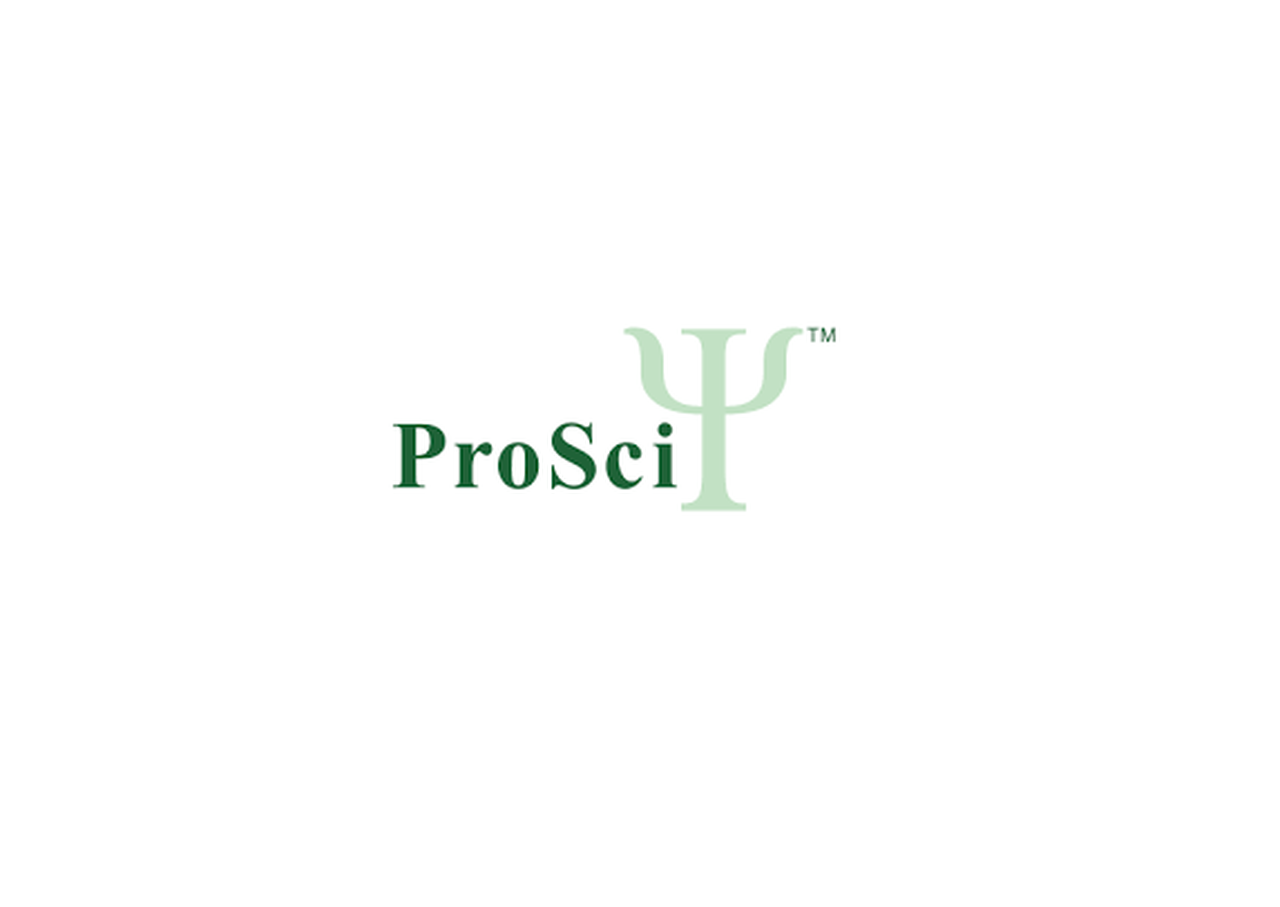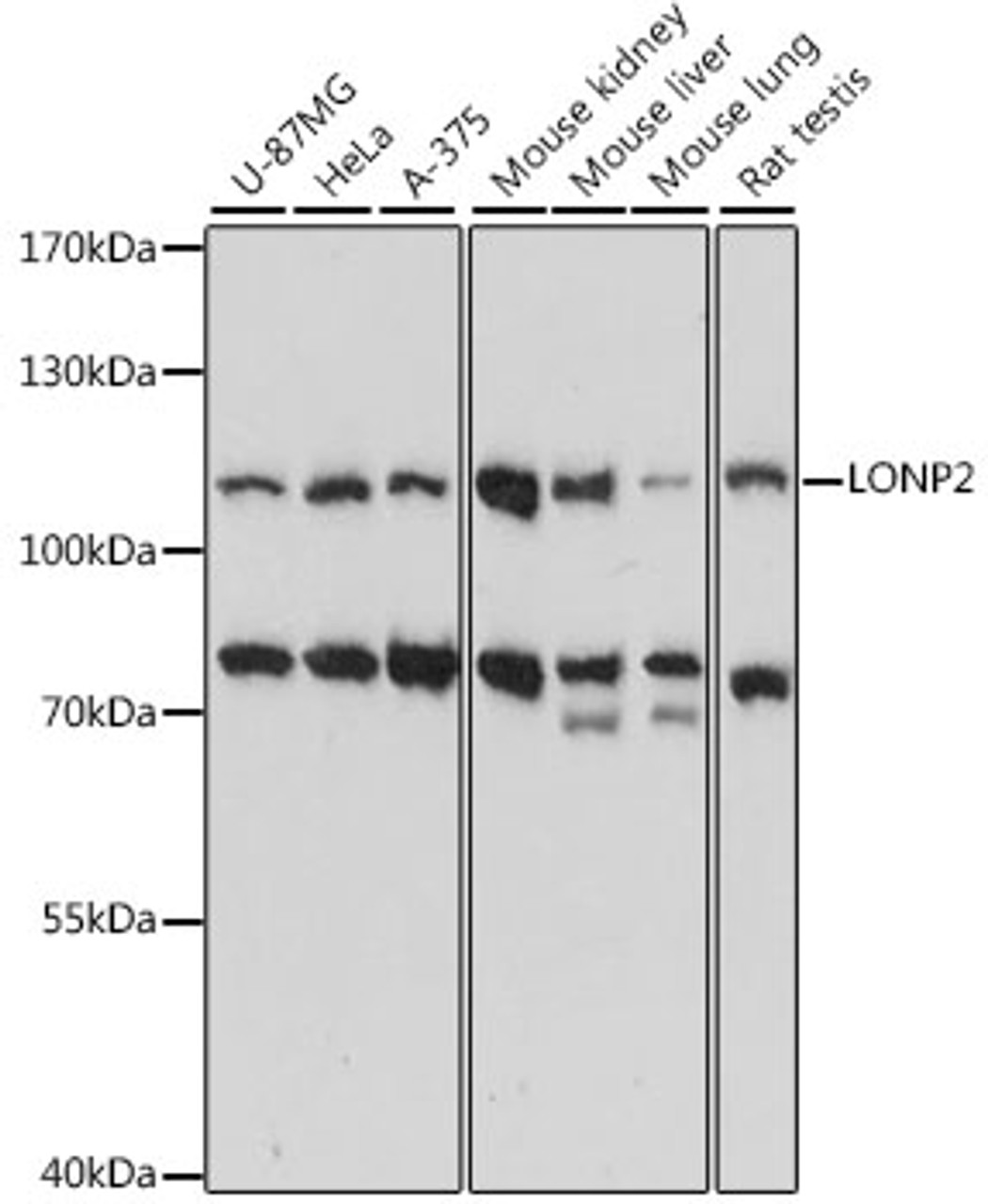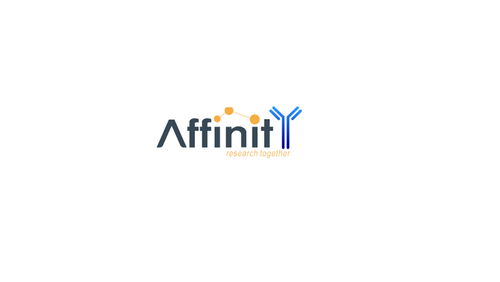Product Description
LONP2 Antibody | 16-316 | ProSci
Host: Rabbit
Reactivity: Human, Mouse, Rat
Homology: N/A
Immunogen: Recombinant fusion protein containing a sequence corresponding to amino acids 1-300 of human LONP2 (NP_113678.2) .
Research Area: Cell Cycle
Tested Application: WB
Application: WB: 1:500 - 1:2000
Specificiy: N/A
Positive Control 1: U-87MG
Positive Control 2: HeLa
Positive Control 3: A-375
Positive Control 4: Mouse kidney
Positive Control 5: Mouse liver
Positive Control 6: Mouse lung
Molecular Weight: Observed: 110kDa
Validation: N/A
Isoform: N/A
Purification: Affinity purification
Clonality: Polyclonal
Clone: N/A
Isotype: IgG
Conjugate: Unconjugated
Physical State: Liquid
Buffer: PBS with 0.02% sodium azide, 50% glycerol, pH7.3.
Concentration: N/A
Storage Condition: Store at -20˚C. Avoid freeze / thaw cycles.
Alternate Name: Lon protease homolog 2, peroxisomal {ECO:0000255|HAMAP-Rule:MF_03121}, 3421- {ECO:0000255|HAMAP-Rule:MF_03121}, Lon protease-like protein 2 {ECO:0000255|HAMAP-Rule:MF_03121}, Lon protease 2 {ECO:0000255|HAMAP-Rule:MF_03121}, Peroxisomal Lon protease {ECO:0000255|HAMAP-Rule:MF_03121}, LONP2 {ECO:0000255|HAMAP-Rule:MF_03121}, LONP
User Note: Optimal dilutions for each application to be determined by the researcher.
BACKGROUND: In human, peroxisomes function primarily to catalyze fatty acid beta-oxidation and, as a by-product, produce hydrogen peroxide and superoxide. The protein encoded by this gene is an ATP-dependent protease that likely plays a role in maintaining overall peroxisome homeostasis as well as proteolytically degrading peroxisomal proteins damaged by oxidation. The protein has an N-terminal Lon N substrate recognition domain, an ATPase domain, a proteolytic domain, and, in some isoforms, a C-terminal peroxisome targeting sequence. Alternative splicing results in multiple transcript variants encoding distinct isoforms.
 Euro
Euro
 USD
USD
 British Pound
British Pound
 NULL
NULL










